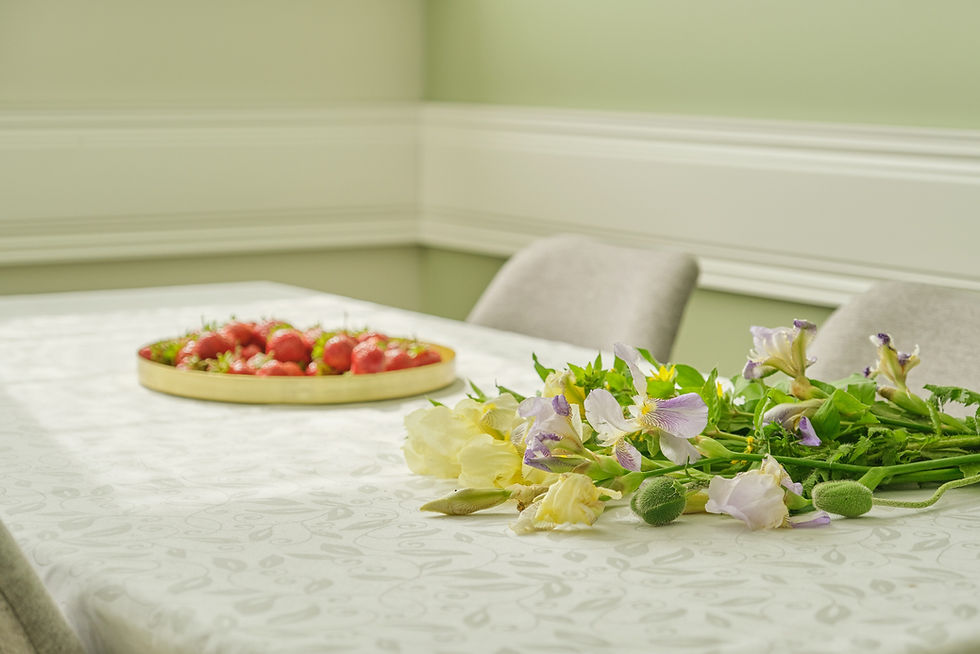My orchid is alive but never blooms. Why?
- Speedy tanks
- Jun 9
- 3 min read
There’s nothing quite like the elegance of an orchid flower in full bloom. Whether adorning your orchid bouquet or enhancing an orchid flower arrangement, these stunning plants make a bold statement. But what happens when your orchid refuses to bloom or its buds fall off before they flower?

Don’t worry—we’ve got you covered. This guide will help troubleshoot common orchid blooming issues, with a focus on Phalaenopsis, Dendrobium, and Cattleya, the most popular orchid types. Read on to find expert insights and solutions to encourage your orchid to bloom beautifully!
Common Reasons Your Orchid Isn’t Blooming
1. Improper Lighting
Orchids are sensitive to light. If your Phalaenopsis, Dendrobium, or Cattleya orchids aren’t getting enough light, blooming may stall. These orchids thrive in bright, indirect light. Too much direct sunlight can scorch the leaves, while too little light hinders flower production.
To fix this, place your orchids in a spot that receives filtered sunlight, such as near an east-facing window.
2. Incorrect Temperature
Temperature fluctuations can make or break your orchid’s blooming cycle. Orchids, such as Phalaenopsis, benefit from a nighttime temperature drop (around 10°F lower than the daytime temperature) to trigger blooming.
To fix it, keep your orchids in a temperature-controlled environment and replicate natural day-night temperature variations.
3. Overwatering or Underwatering
Both overwatering and under watering can stress your Orchid bouquet, preventing blooming. Overwatering leads to root rot, while underwatering causes the plant to dehydrate.
How to fix it: Allow the top inch of the potting media to dry out before watering again, and always ensure the pot has suitable drainage.
4. Nutrient Deficiency
Orchids need balanced nutrients to bloom. A lack of phosphorus (essential for flowers) can result in weak or no blooms.
To correct the issue, apply a balanced, water-soluble orchid fertilizer (such as 20-20-20) every two weeks during the active growth period. Consider switching to a "bloom booster" fertilizer with higher phosphorus when your orchid is about to flower.
5. Stress after Repotting
Are you noticing fewer blooms after repotting? Orchids can take time to adjust to new environments, and a recent report might delay blooming.
How to fix it: Be patient! Ensure the plant receives adequate care, and avoid unnecessary repotting unless the medium is breaking down or the orchid is overgrown.
Troubleshooting Bud Drop Issues
Have you noticed buds forming only to fall off before they open? Known as "bud blast," this issue is common and frustrating!
Common causes of orchid bud blast include:
Sudden temperature changes
Low humidity
Overwatering
Environmental stress, such as moving the plant frequently
Solution: Maintain stable conditions. Place the orchid in a spot with consistent humidity (around 50–70%) and keep it away from cold drafts or heating vents.
FAQs about Orchid Blooming
Can I propagate my orchid with its leaves?
No, orchids cannot be propagated solely using leaves. Instead, propagate orchids using keikis (baby plants that form on flower spikes), division, or back bulbs, depending on the species.
Why my orchid is buds falling off before blooming?
Bud drop can happen due to stress, low humidity, or sudden temperature changes. Ensure stable environmental conditions, including proper humidity and consistent temperatures, to prevent bud blasts.
My orchid never quits blooming. When can I report it?
If your orchid won’t stop blooming (lucky you!), wait for it to finish flowering before repotting. Repotting during blooming can cause unnecessary stress and affect future bloom cycles.
Can I put Phalaenopsis orchids outside, and if so, where is the best place to put them?
Yes, Phalaenopsis orchids can be placed outside, but only in warm climates (between 60°F and 85°F). Select a shaded area, such as under a tree or patio cover, where the plants are protected from direct sunlight and wind.
Nurture Your Orchids to Their Full Potential
Orchids require a little extra care, but their breathtaking blooms make it all worthwhile. Whether you’re arranging orchids in a bouquet or nurturing a potted Phalaenopsis, understanding their needs is key to healthy, blooming plants.
If your orchid flower still won’t bloom, don’t give up! Apply these tips, and your orchids will reward you with stunning flowers in no time.
Looking for more tips on creating the perfect orchid bouquet or flower arrangement?



Comments